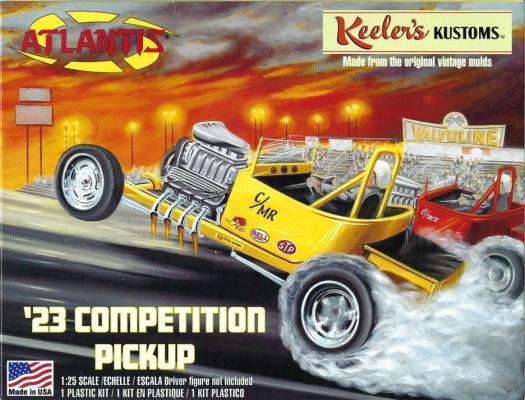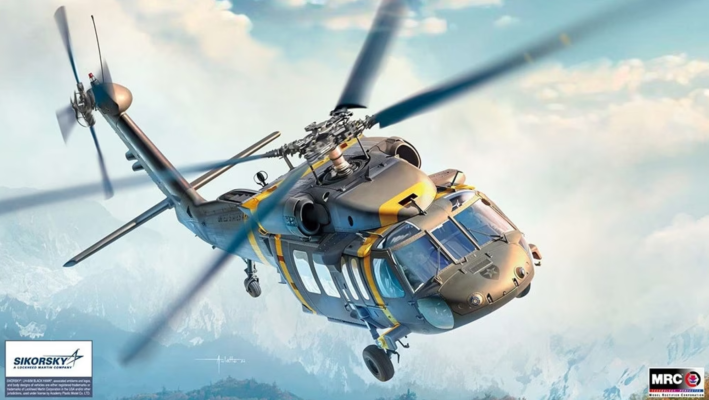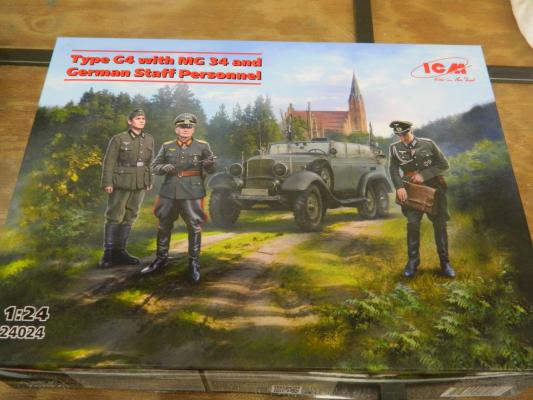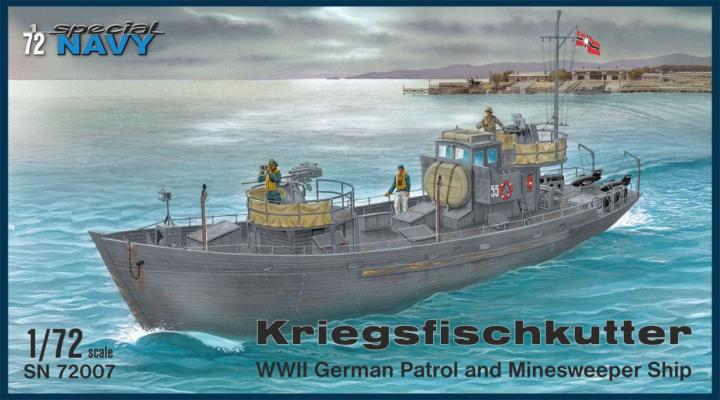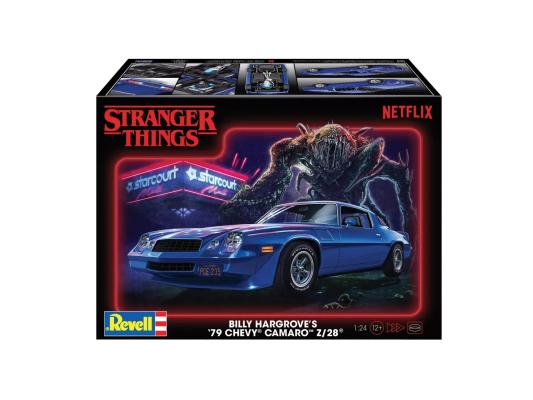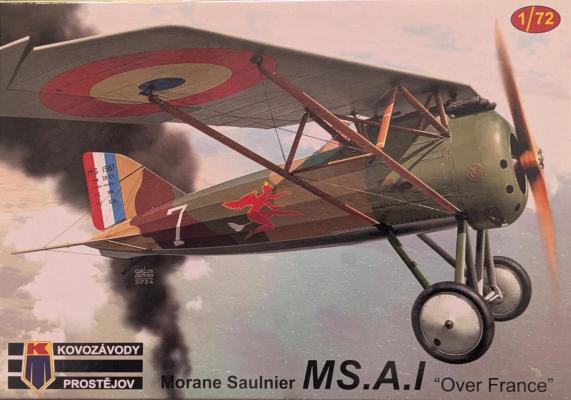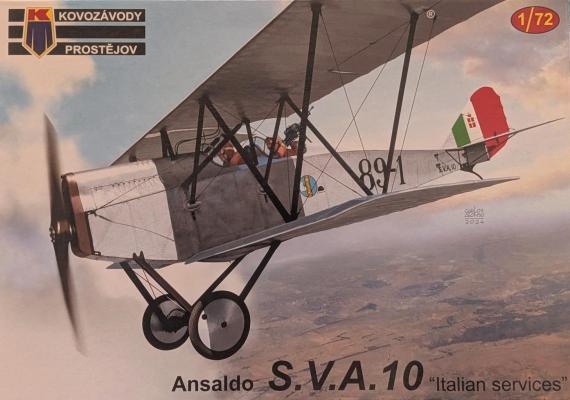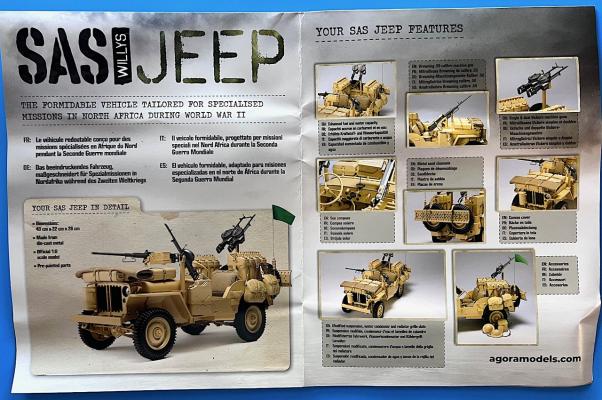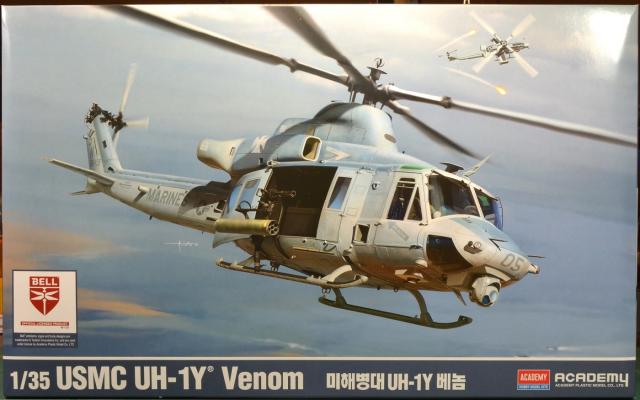Background and Historical Notes
From The Kit Manufacturer’s Notes:
Bronco NOGS US Attack Aircraft
In 1970, two OV-10A Bronco aircraft were modified to evaluate their nighttime combat capabilities. The modification was designated NOGS—Night Observation Gunship System. The aircraft received an extended nose section with a turret housing a forward-looking infrared system and laser rangefinder (FLIR) in its lower half. Under the mid-fuselage, engineers mounted a turret with a 20mm General Electric M197 three-barrel cannon, which was aimed using FLIR.
In late 1970, both aircraft were sent to China Lake Air Base for testing, and by April 1971, they were deployed to Vietnam for combat trials. Operating as part of the light attack squadron VAL-4 “Black Ponies,” the aircraft conducted evening and night missions. The YOV-10D aircraft flew in various configurations: either in pairs, paired with an OV-10A, or with an escort of two OV-10A aircraft.


